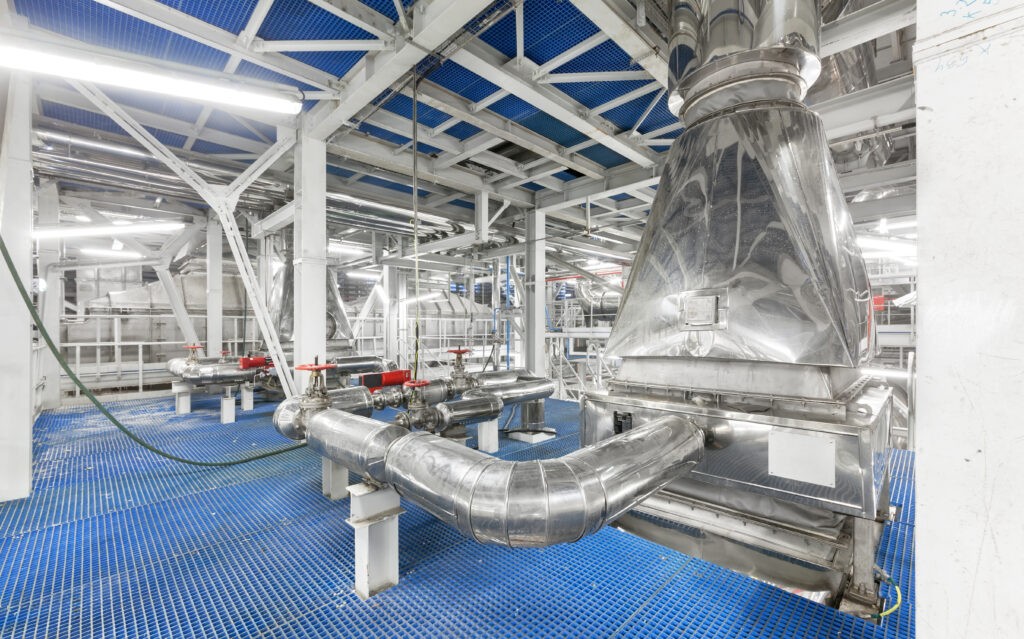Cargo holds play a vital role in the transportation of goods across the globe. To ensure the safety and preservation of the cargo, proper ventilation is essential. In this blog post, we will delve into the main purpose of ventilating cargo holds, exploring its significance, benefits, and the techniques involved. By understanding the importance of ventilation, we can ensure the integrity and quality of the transported goods.
- Ensuring Air Circulation:
The primary purpose of ventilating cargo holds is to facilitate air circulation. Adequate airflow helps to prevent the buildup of moisture, heat, and harmful gases, which can lead to cargo damage, spoilage, or even hazardous conditions. By maintaining a controlled environment, ventilation helps to preserve the quality and integrity of the cargo. - Controlling Temperature and Humidity:
Ventilation plays a crucial role in controlling temperature and humidity levels within cargo holds. Fluctuations in temperature and excessive humidity can have detrimental effects on various types of cargo, such as perishable goods, chemicals, or electronics. By regulating these factors, ventilation helps to prevent spoilage, condensation, and the growth of mold or bacteria. - Mitigating Odor and Gas Accumulation:
Cargo holds may contain goods that emit odors or release gases during transportation. Ventilation helps to mitigate the accumulation of unpleasant odors and potentially harmful gases. By continuously exchanging the air inside the cargo holds, ventilation ensures a fresh and safe environment for both the cargo and the crew. - Preventing Corrosion and Degradation:
Certain cargoes, such as metals or sensitive equipment, are susceptible to corrosion or degradation when exposed to moisture or stagnant air. Ventilation aids in preventing these issues by reducing humidity levels and promoting air circulation. By keeping the cargo holds dry and well-ventilated, the risk of corrosion and degradation is significantly minimized. - Enhancing Safety Measures:
Ventilation in cargo holds is not only crucial for cargo preservation but also for the safety of the crew and the vessel. Proper airflow helps to prevent the accumulation of flammable or toxic gases, reducing the risk of fire or explosion. Additionally, ventilation aids in maintaining a comfortable working environment for the crew, ensuring their well-being during long voyages.
Conclusion:
In conclusion, the main purpose of ventilating cargo holds is to ensure the safety and preservation of the transported goods. By facilitating air circulation, controlling temperature and humidity, mitigating odors and gas accumulation, preventing corrosion and degradation, and enhancing safety measures, ventilation plays a vital role in maintaining the integrity and quality of cargo. Implementing proper ventilation techniques is essential for the smooth and secure transportation of goods across various industries.

